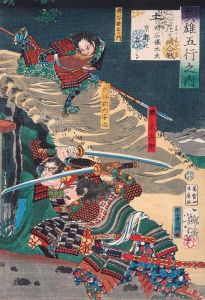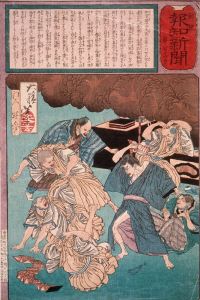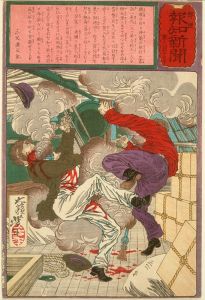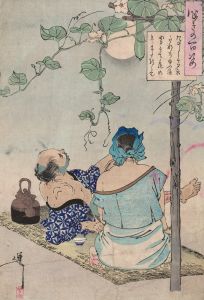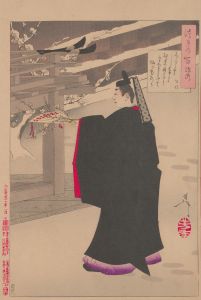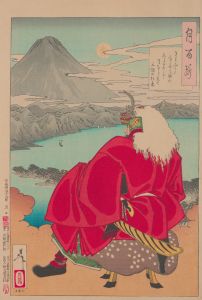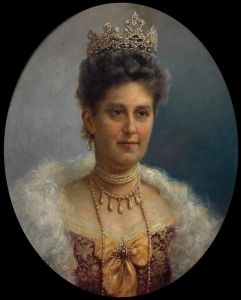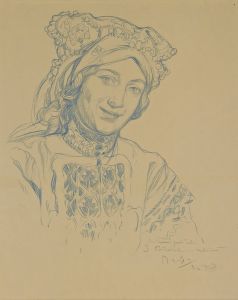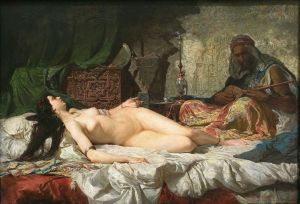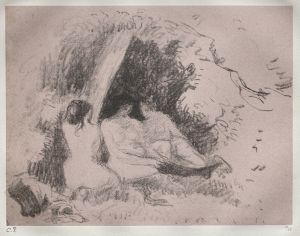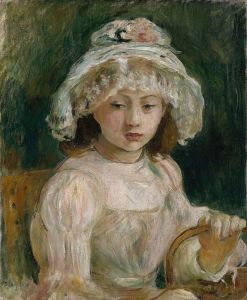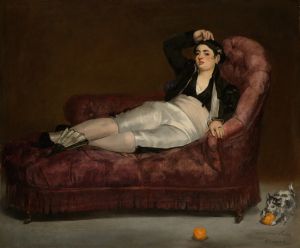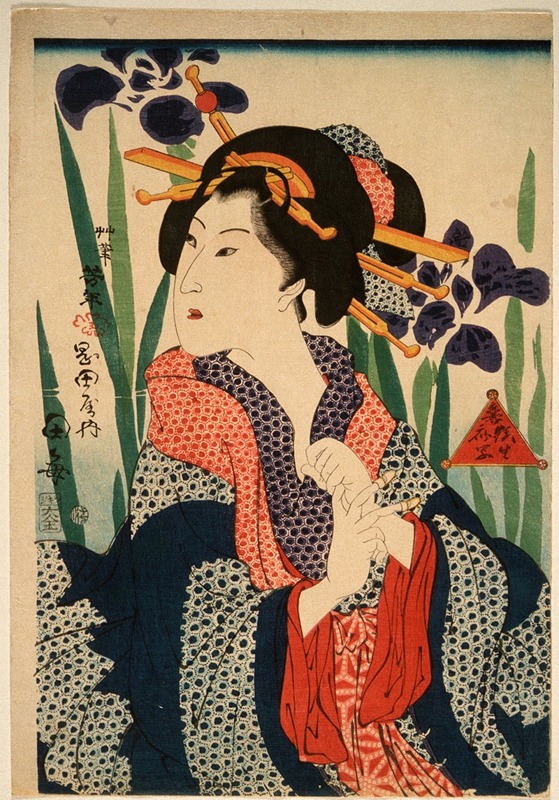
The Courtesan
A hand-painted replica of Tsukioka Yoshitoshi’s masterpiece The Courtesan, meticulously crafted by professional artists to capture the true essence of the original. Each piece is created with museum-quality canvas and rare mineral pigments, carefully painted by experienced artists with delicate brushstrokes and rich, layered colors to perfectly recreate the texture of the original artwork. Unlike machine-printed reproductions, this hand-painted version brings the painting to life, infused with the artist’s emotions and skill in every stroke. Whether for personal collection or home decoration, it instantly elevates the artistic atmosphere of any space.
Tsukioka Yoshitoshi (1839–1892) was a prominent Japanese ukiyo-e artist, celebrated for his innovative and dramatic woodblock prints. One of his works, "The Courtesan," exemplifies his mastery of the medium and his ability to capture the complexities of human emotion and beauty. This artwork is part of Yoshitoshi's broader exploration of traditional Japanese themes, often infused with a modern sensibility that reflected the changing cultural landscape of the late Edo and early Meiji periods.
"The Courtesan" depicts a high-ranking courtesan, a figure central to the pleasure quarters of Edo-period Japan. Courtesans, particularly those of the highest rank, were not only admired for their beauty but also for their cultural refinement, including skills in poetry, calligraphy, and music. Yoshitoshi's portrayal emphasizes both the elegance and the humanity of such figures, presenting them as individuals rather than mere symbols of entertainment or luxury.
The composition of the piece demonstrates Yoshitoshi's keen eye for detail and his ability to convey texture and depth through the woodblock printing process. The courtesan's elaborate kimono is adorned with intricate patterns, showcasing the artist's attention to the fashion and aesthetics of the time. Her posture and expression suggest a moment of introspection or quiet dignity, inviting viewers to consider her inner world rather than simply her outward appearance.
Yoshitoshi's work often reflected the tensions and transitions of his era, as Japan moved from the feudal Edo period into the modernizing Meiji period. While "The Courtesan" adheres to traditional ukiyo-e themes, it also hints at the artist's evolving style, which increasingly incorporated elements of realism and psychological depth. This blend of tradition and innovation is a hallmark of Yoshitoshi's oeuvre and contributes to his enduring reputation as one of the last great masters of ukiyo-e.
The exact date of creation for "The Courtesan" is not definitively documented, but it likely falls within Yoshitoshi's prolific period in the late 19th century. During this time, he produced numerous series and standalone works that explored themes of beauty, morality, and the supernatural. His ability to adapt traditional techniques to address contemporary themes ensured his relevance in a rapidly changing artistic and cultural environment.
Today, "The Courtesan" and other works by Yoshitoshi are celebrated for their artistic merit and historical significance. They offer valuable insights into the social and cultural dynamics of 19th-century Japan, as well as the enduring appeal of ukiyo-e as an art form.






